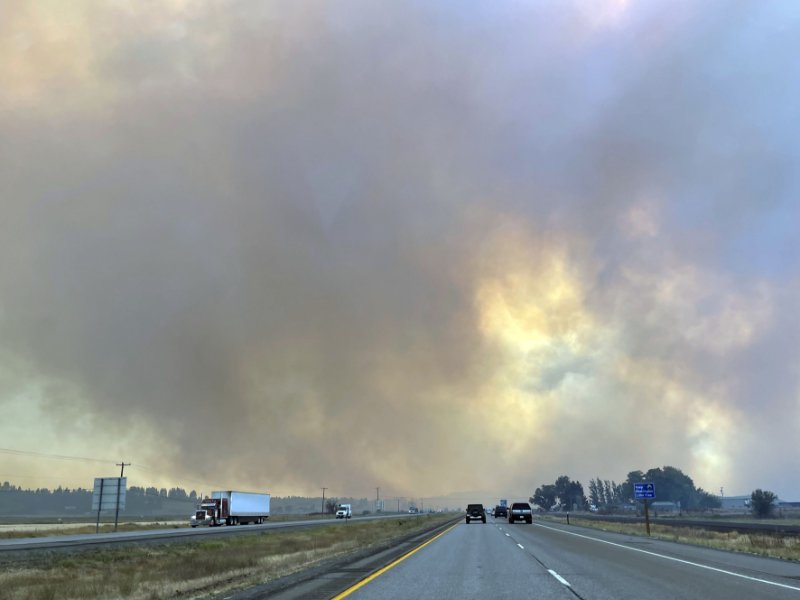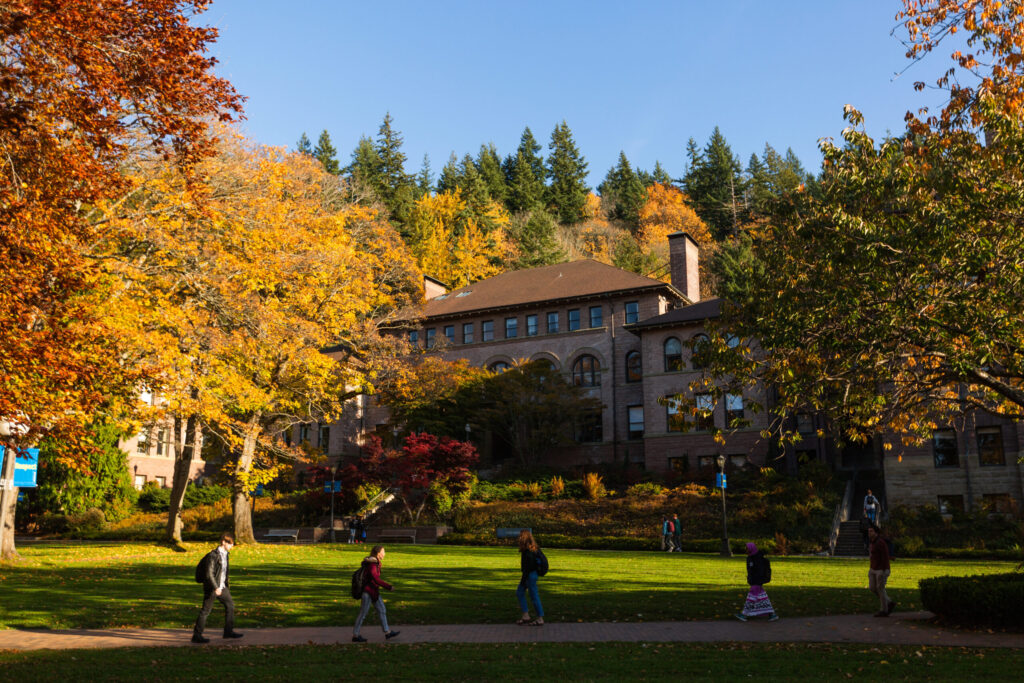The Valley of the shadow of life

The aquifer appears to be less sensitive to climate change impacts than aquifers in other regions
SPOKANE
The Spokane Valley-Rathdrum Prairie (SVRP) Aquifer is the sole-source drinking water for over 500,000 people (MacInnis et al., 2009). According to our analysis, the aquifer appears to be less sensitive to climate change impacts than aquifers in other regions. Aquifer levels are primarily affected by recharge from the Spokane River and from several lakes in the region that bound and recharge the aquifer (Hsieh et al., 2007; Kahle et al., 2007).
Seasonal changes in streamflow under future climate conditions are anticipated, according to our analysis. Specifically, peak streamflows may occur earlier in the winter and/or spring months, while the summer-season low streamflows could begin earlier in the summer. However, future climate projections indicate that only small percentage changes in annual total precipitation and streamflows are likely to occur, which suggests—assuming no net change in annual water extraction due to human factors—that there might be just a limited overall change in annual volumes of aquifer recharge on a long-term multi-decadal basis. However, within these long multi-decadal time periods, aquifer recharge periodically could be below historically observed conditions if multi-year droughts were to occur more frequently than in the past or be more intense than in the past.
The primary mid-term vulnerability of the Spokane region’s sole source of potable water may have less to do with climate change and more to do with the fact that historically some of the region’s water supply wells have been drilled only into the very uppermost portion of the aquifer. The oldest wells in the region were excavated and/or hand-dug within the Spokane city limits during the early 1900s. Accordingly, these wells were constructed no further than necessary into the water table, which means they obtain water by essentially “skimming” off of the top of this thick aquifer (CH2M HILL 1998; GSI 2012). The operational efficiencies of some of these shallow wells may be sensitive to small climate-driven changes in summer-season water levels in the aquifer (GSI et al., 2019). Newer wells in the region were constructed using more conventional drilling methods, achieving greater penetration depths into the water table. However, even these wells were not typically drilled any deeper than necessary in order to minimize drilling and pumping costs.
Due to the particularly low water levels observed in the aquifer during the past few summers, the City of Spokane is now actively working to understand the resiliency of several of its water supply wells and to evaluate what types of modifications (if any) to certain wells and/or pumping systems might be warranted for future implementation (GSI et al., 2019). City officials are conducting this work as part of their planning for capital improvement projects. Although other municipal water providers own conventional drilled wells that penetrate deeper into this aquifer, it is possible that some of those providers could eventually identify that one or more of their wells would warrant resilience evaluations in the future and potential adjustments to their construction and/or their pumping systems to optimize or improve well operations.
More research is needed before we can fully understand the longer-term impacts of climate change on the Spokane Valley-Rathdrum Prairie Aquifer. In addition to further climate analysis, it is also necessary for local policymakers to understand the non-climate related impacts, such as increased demand on the aquifer due to (1) population growth and (2) increased evapotranspiration as temperatures rise in our region. Individual choices, business practices, and government policy are all necessary components of an effective strategy to prevent adverse climate-induced impacts on water availability.
Ends













